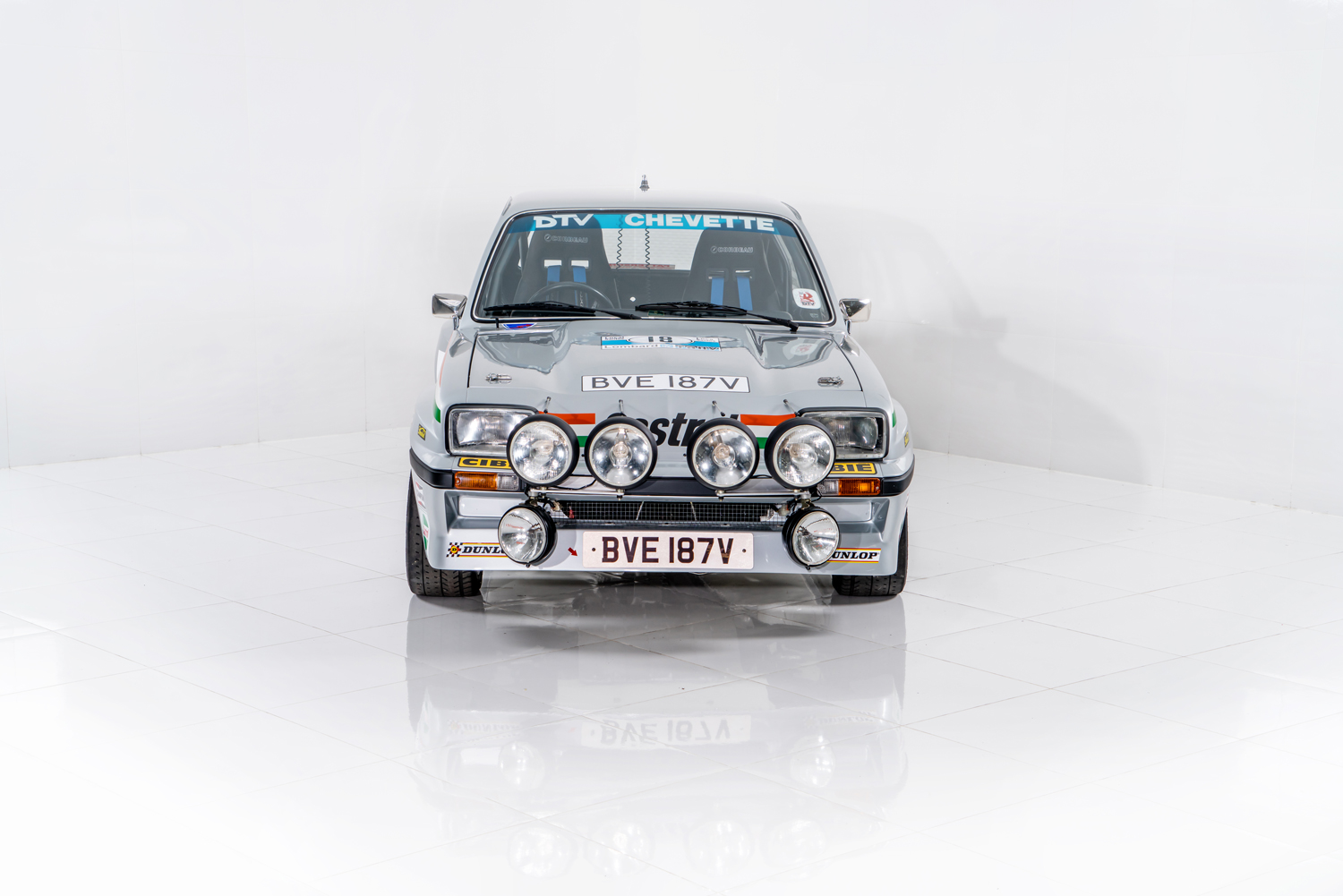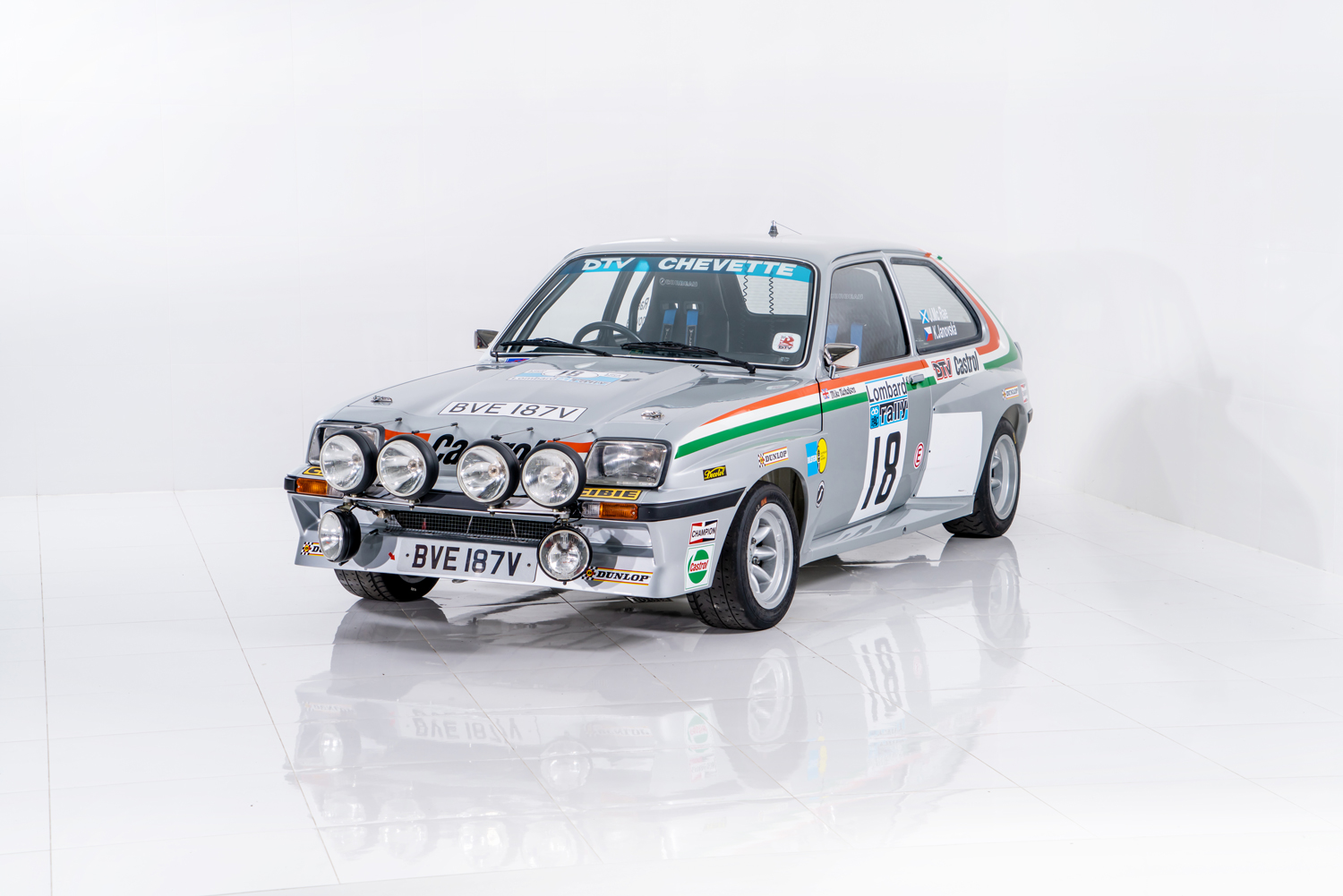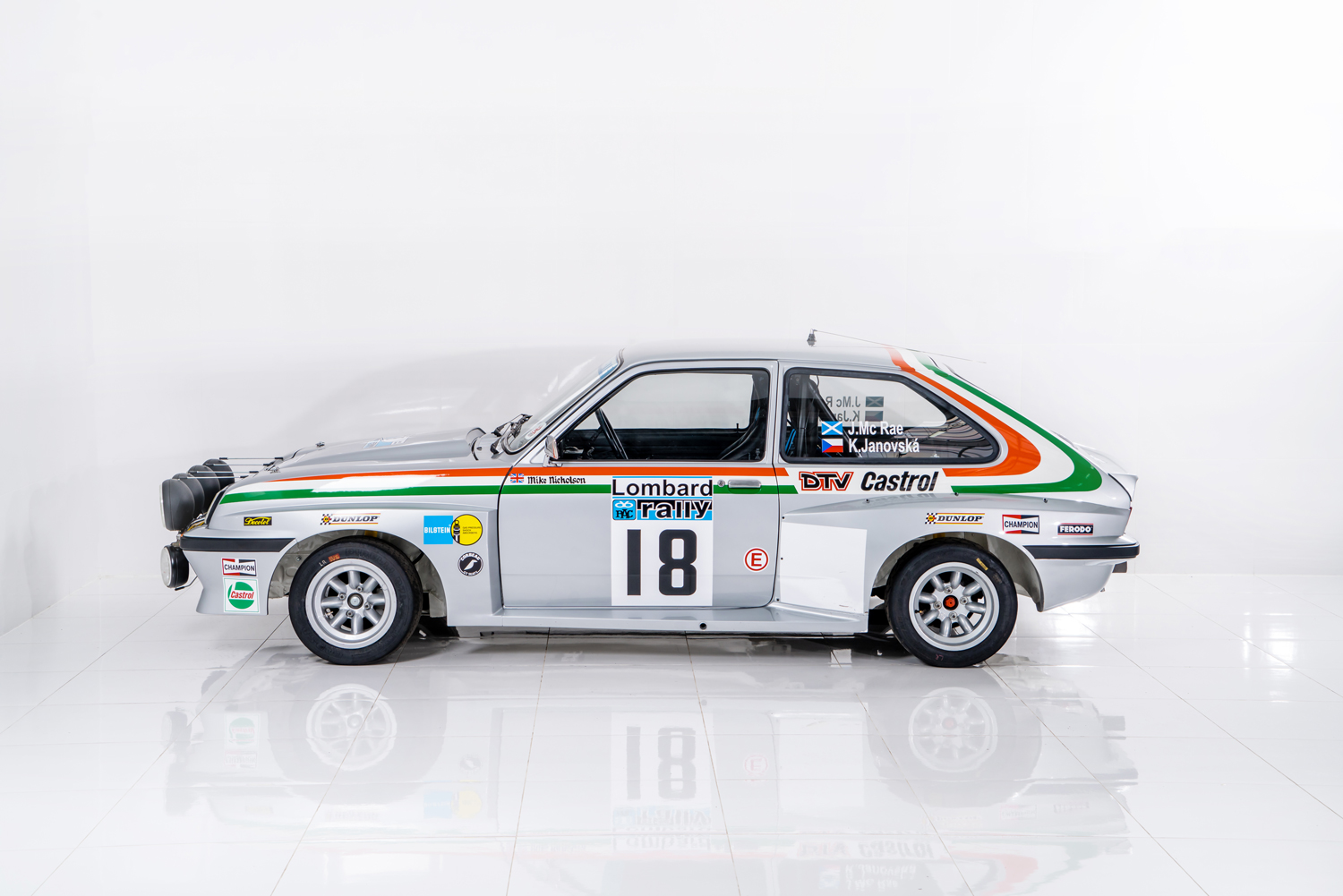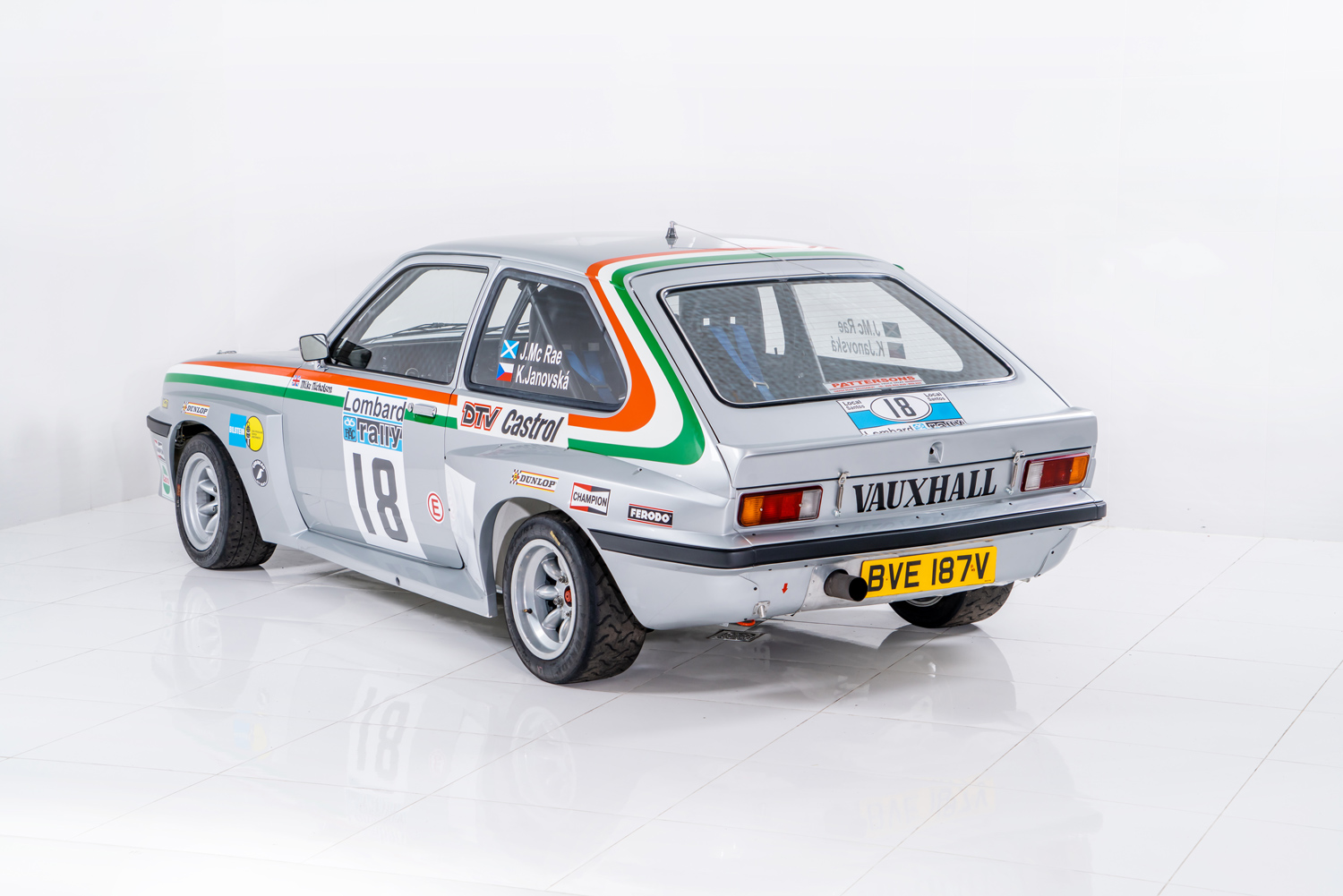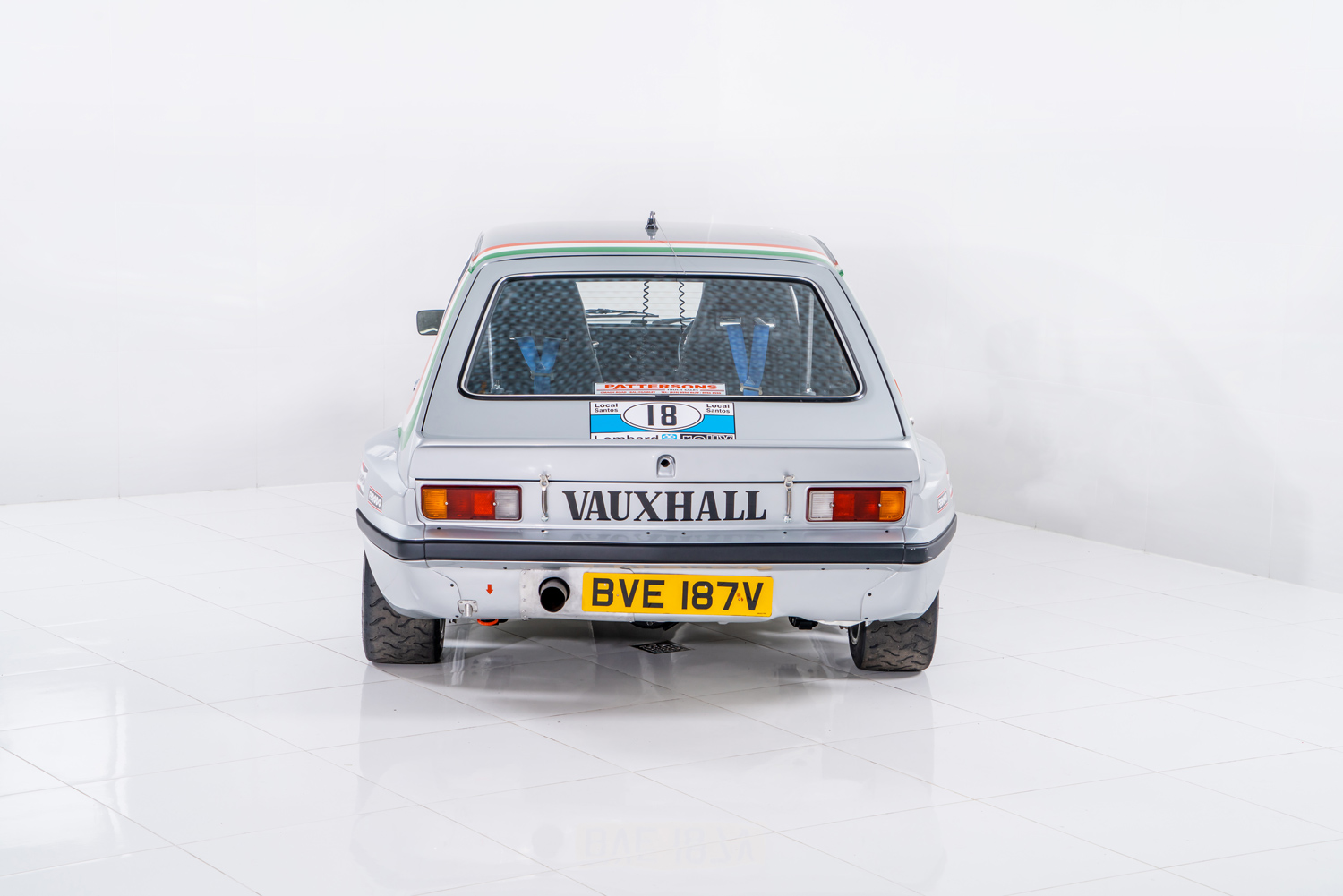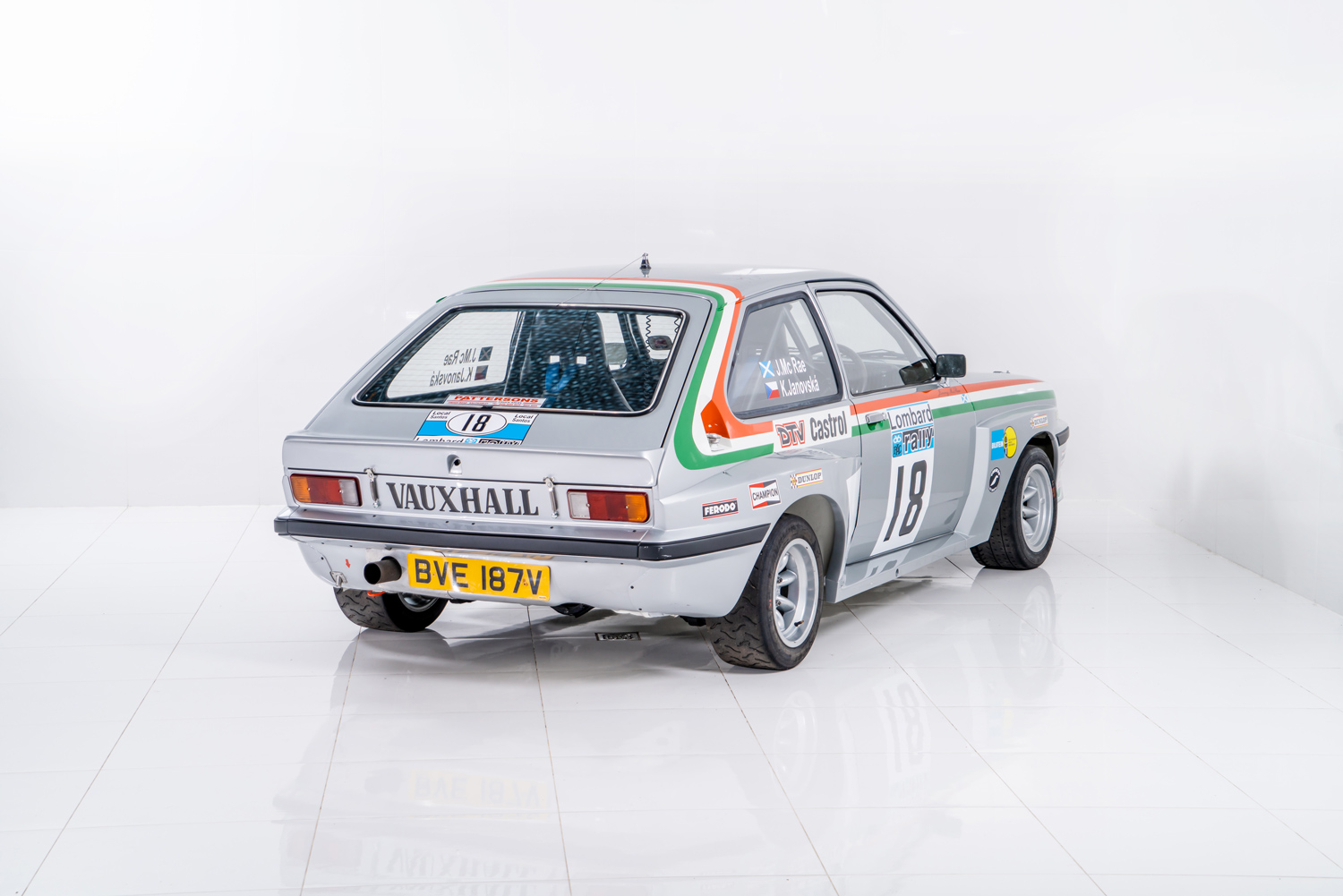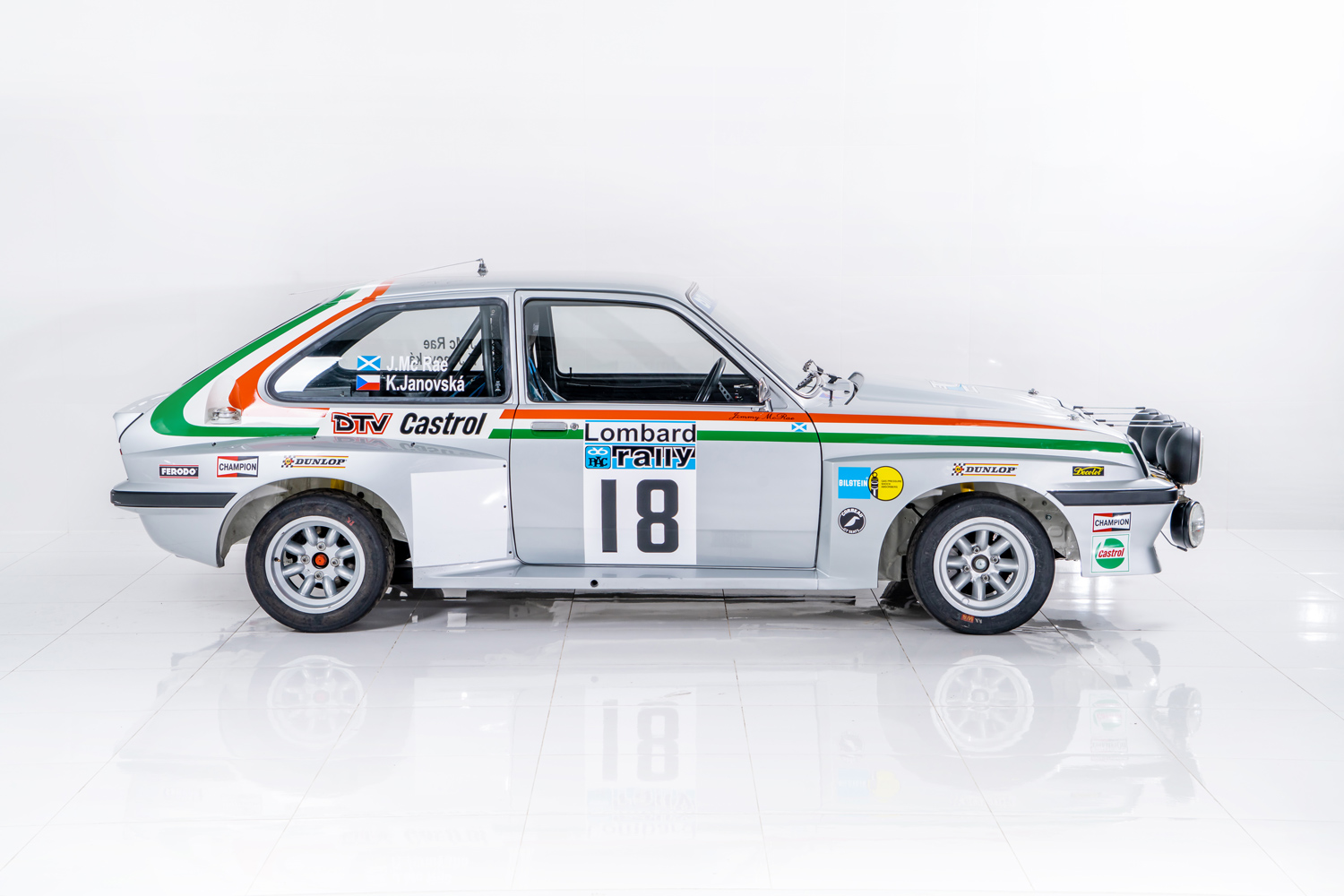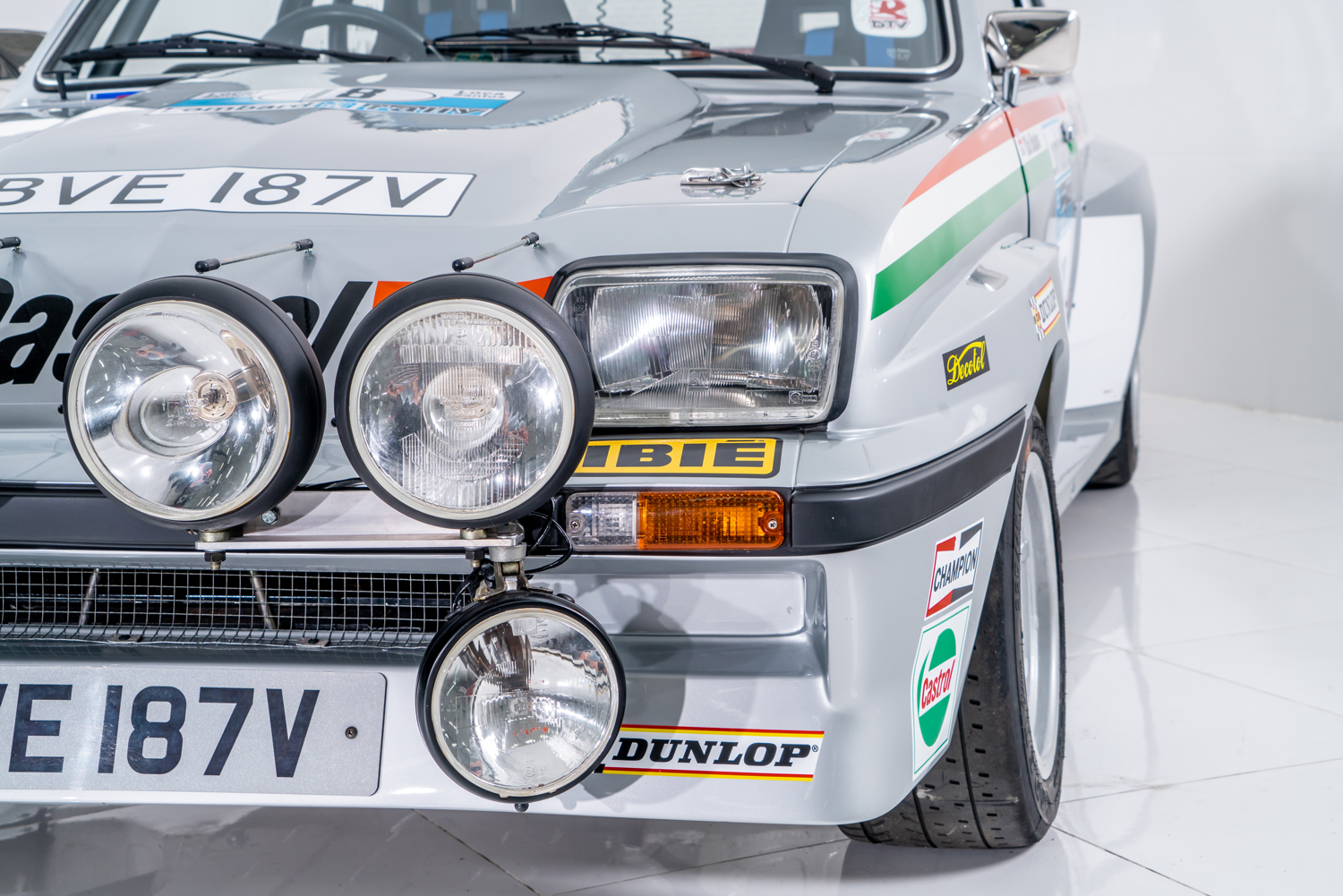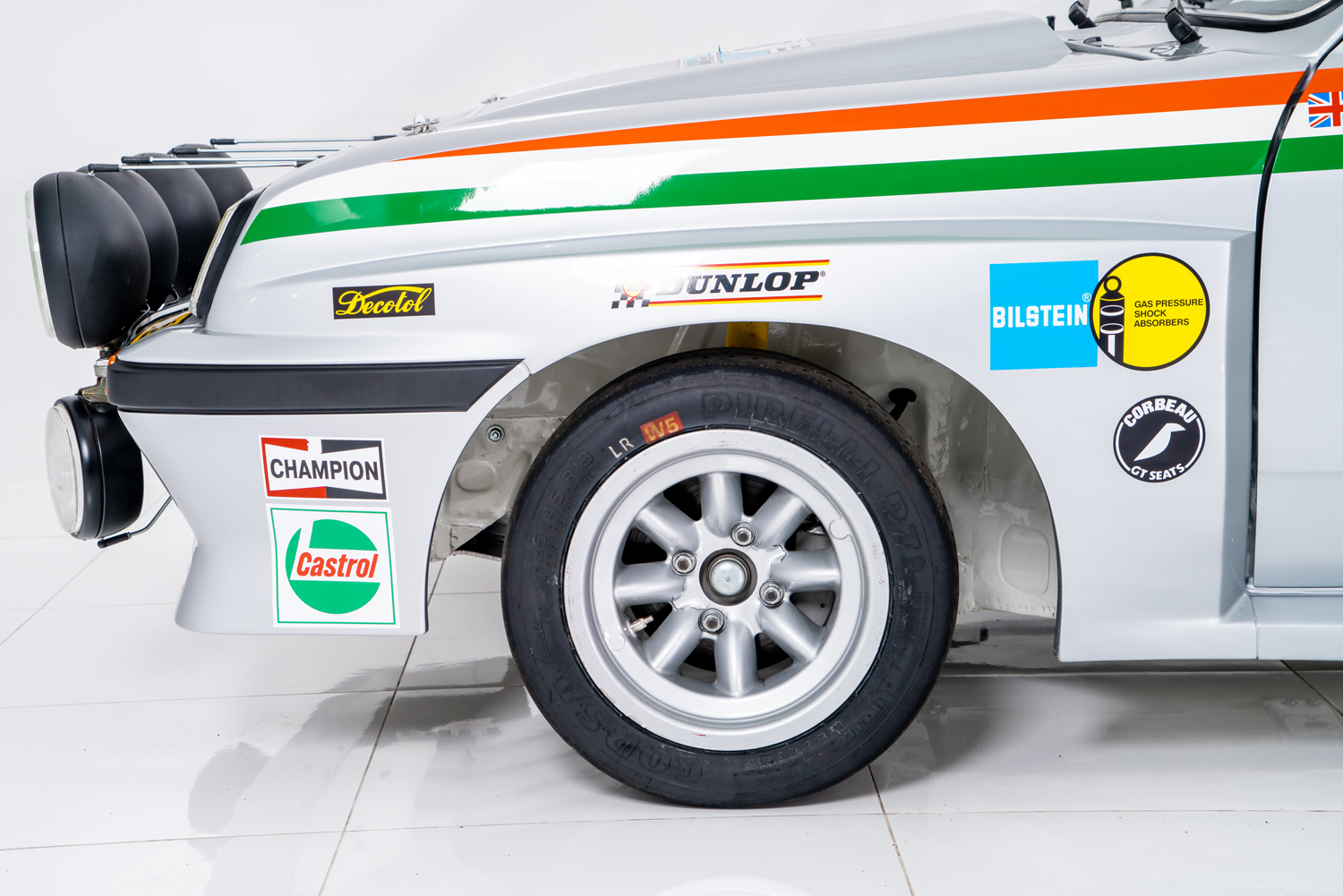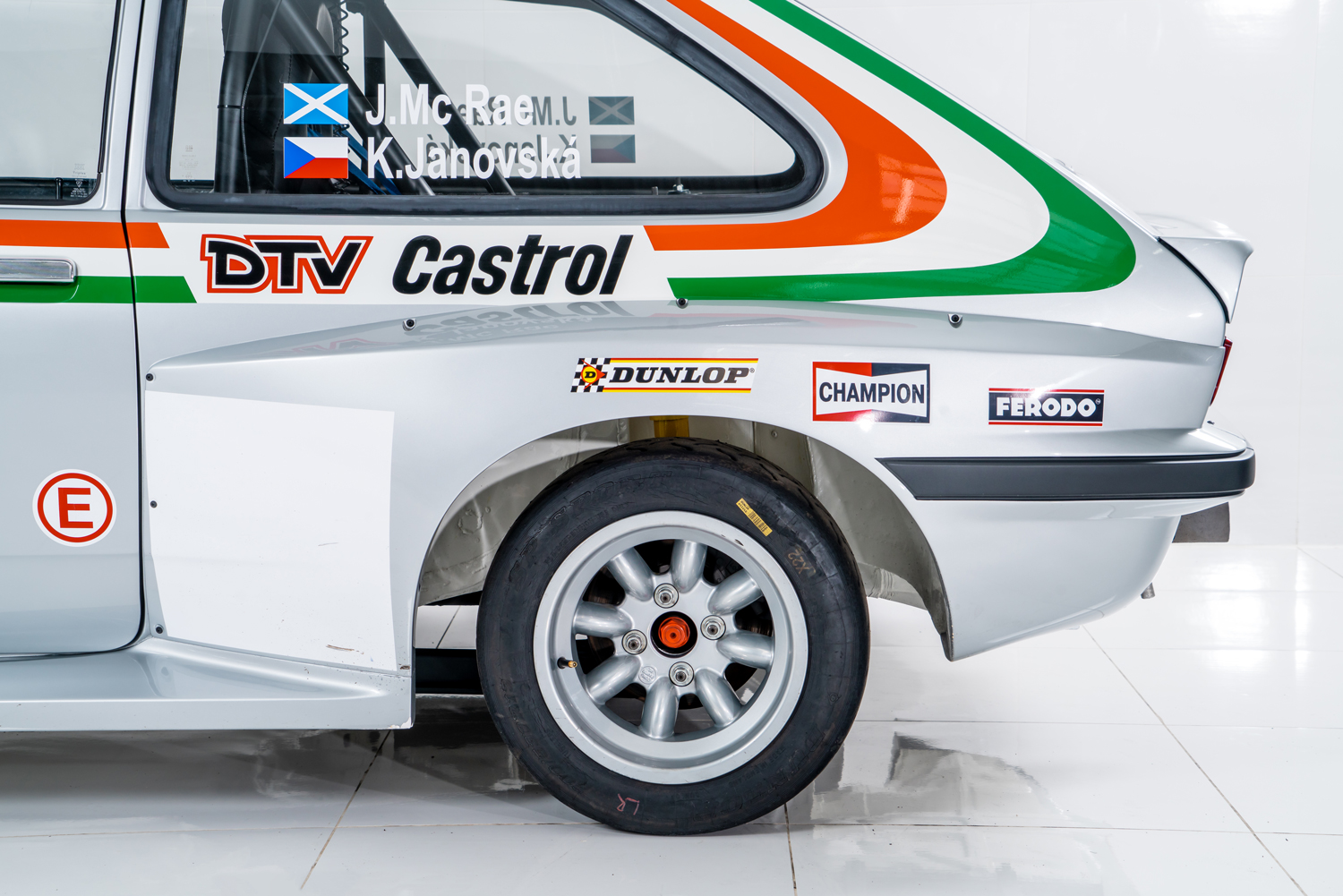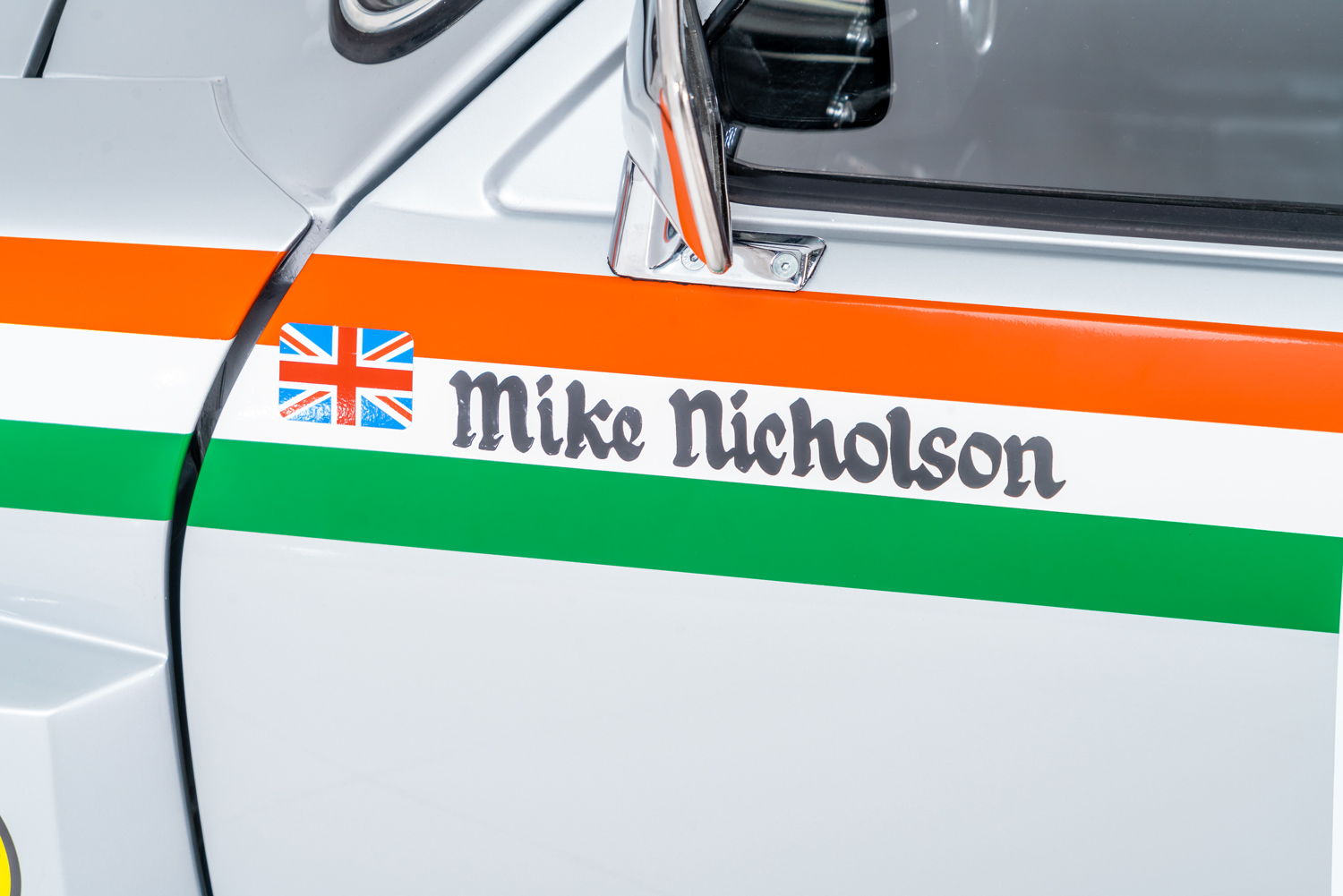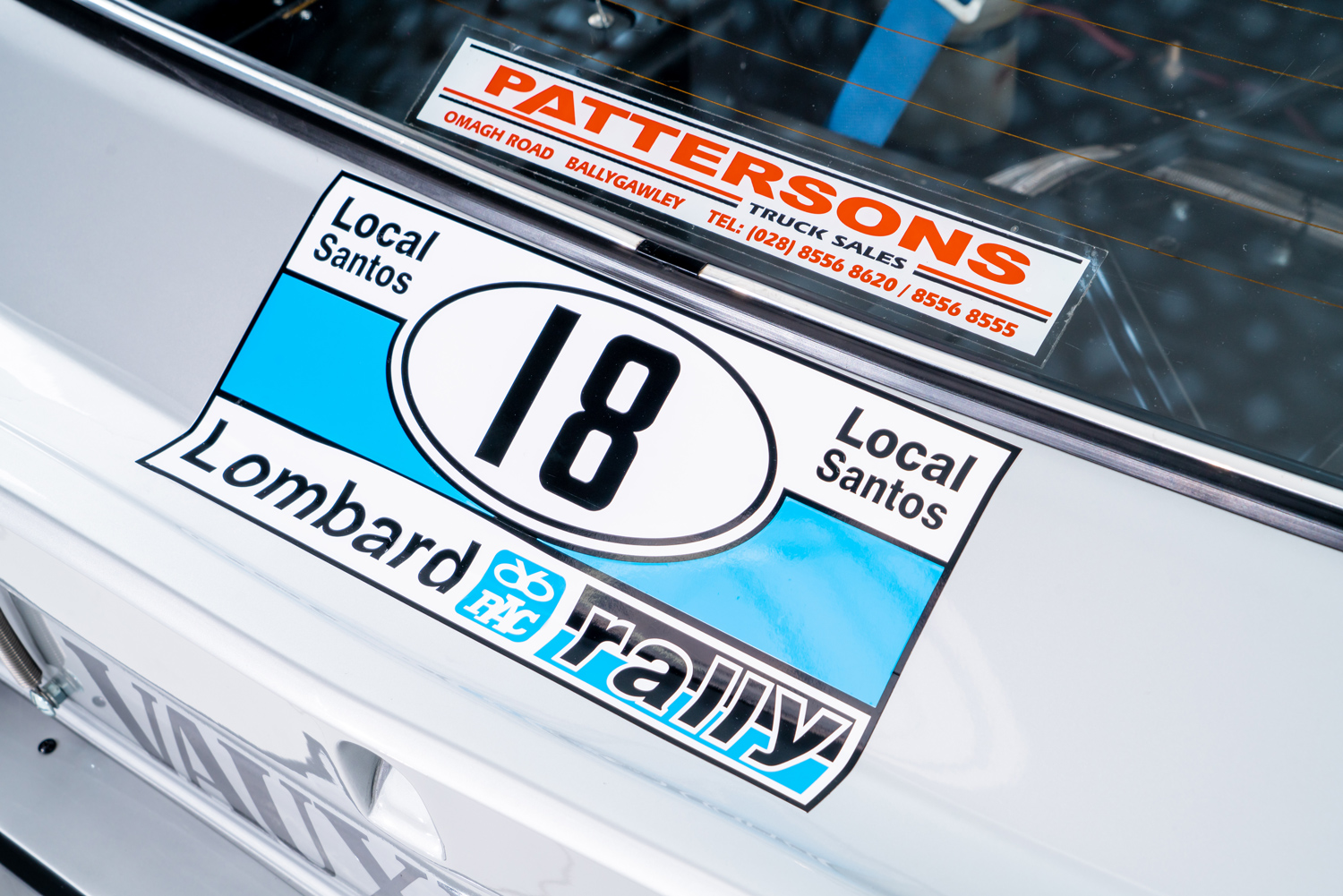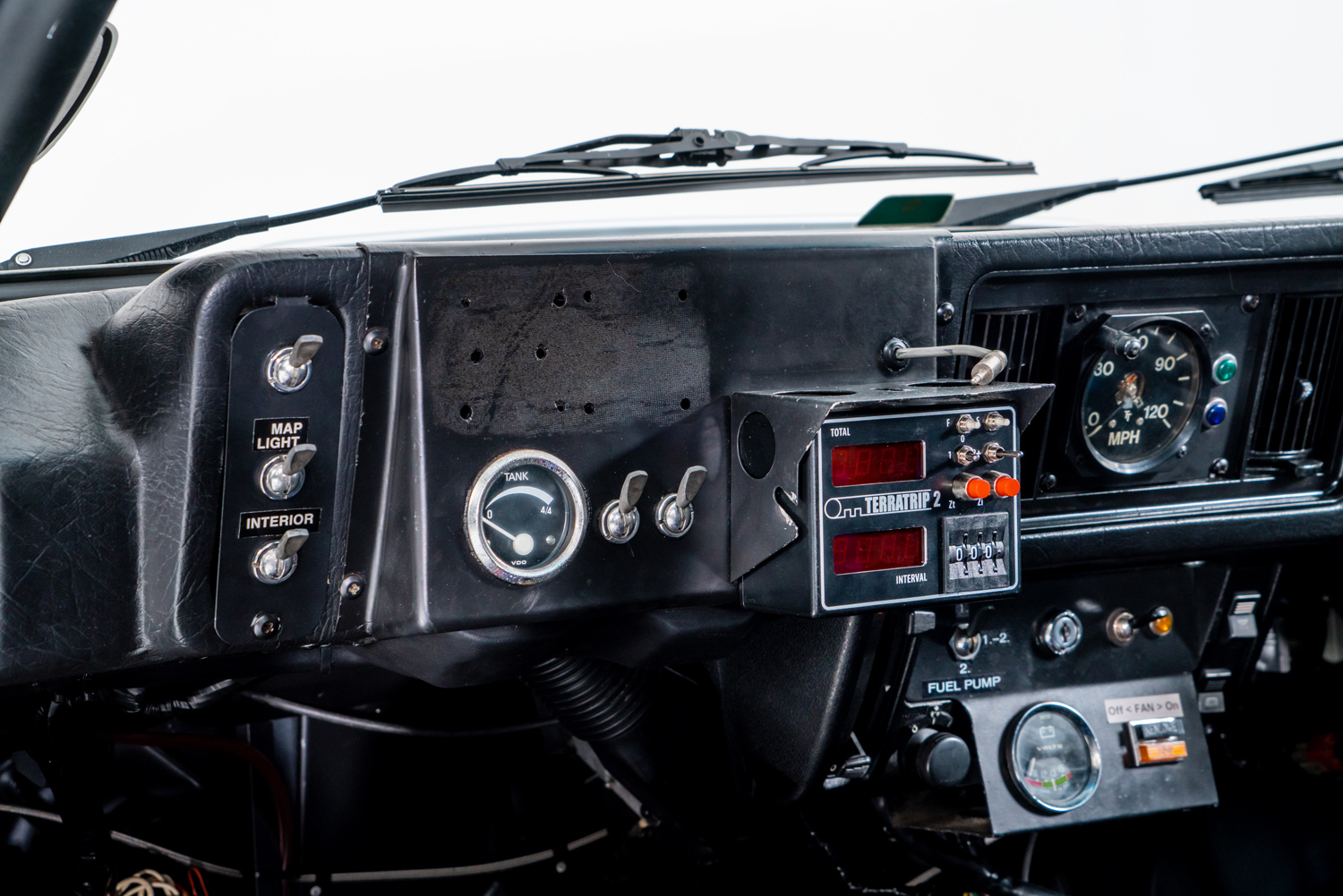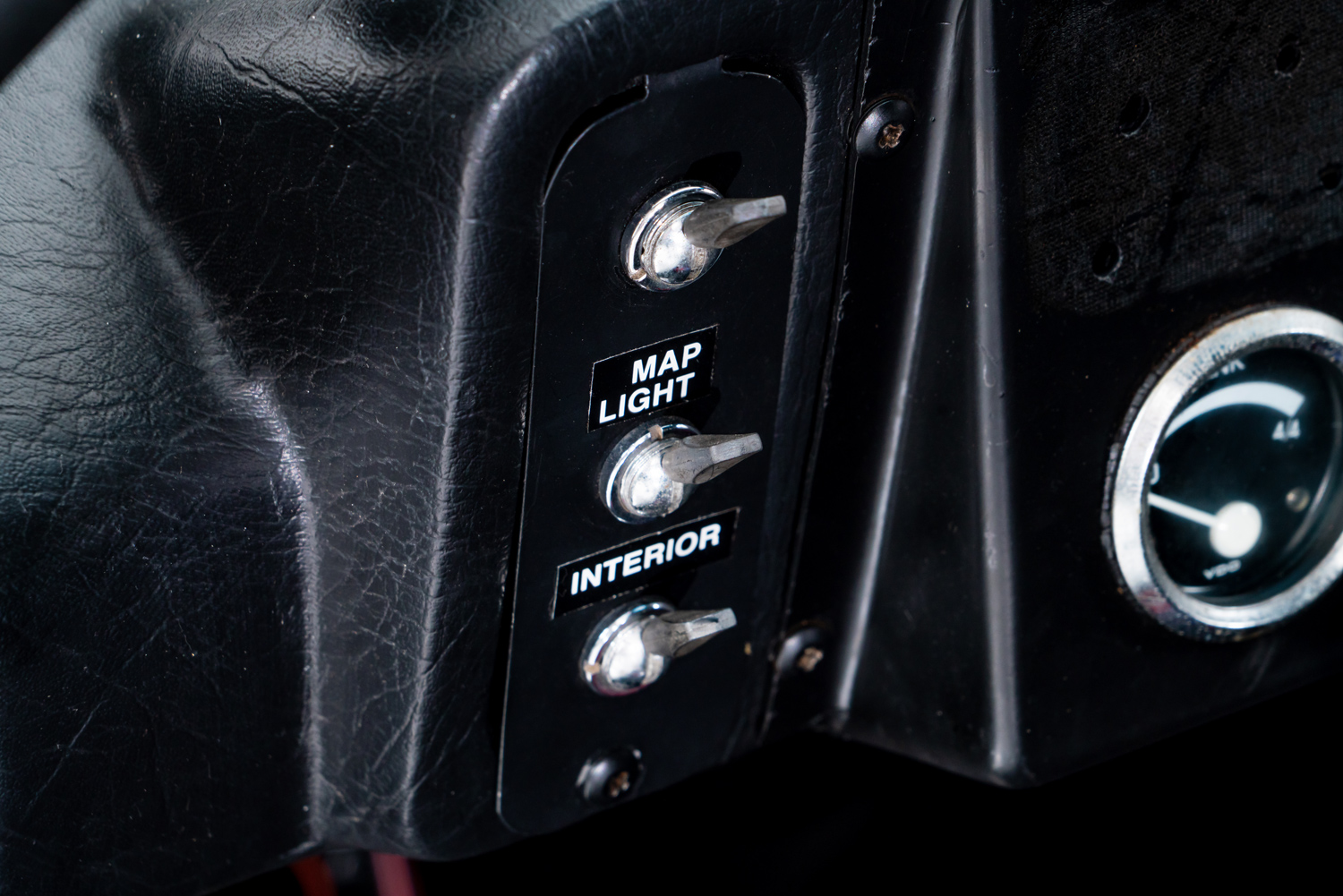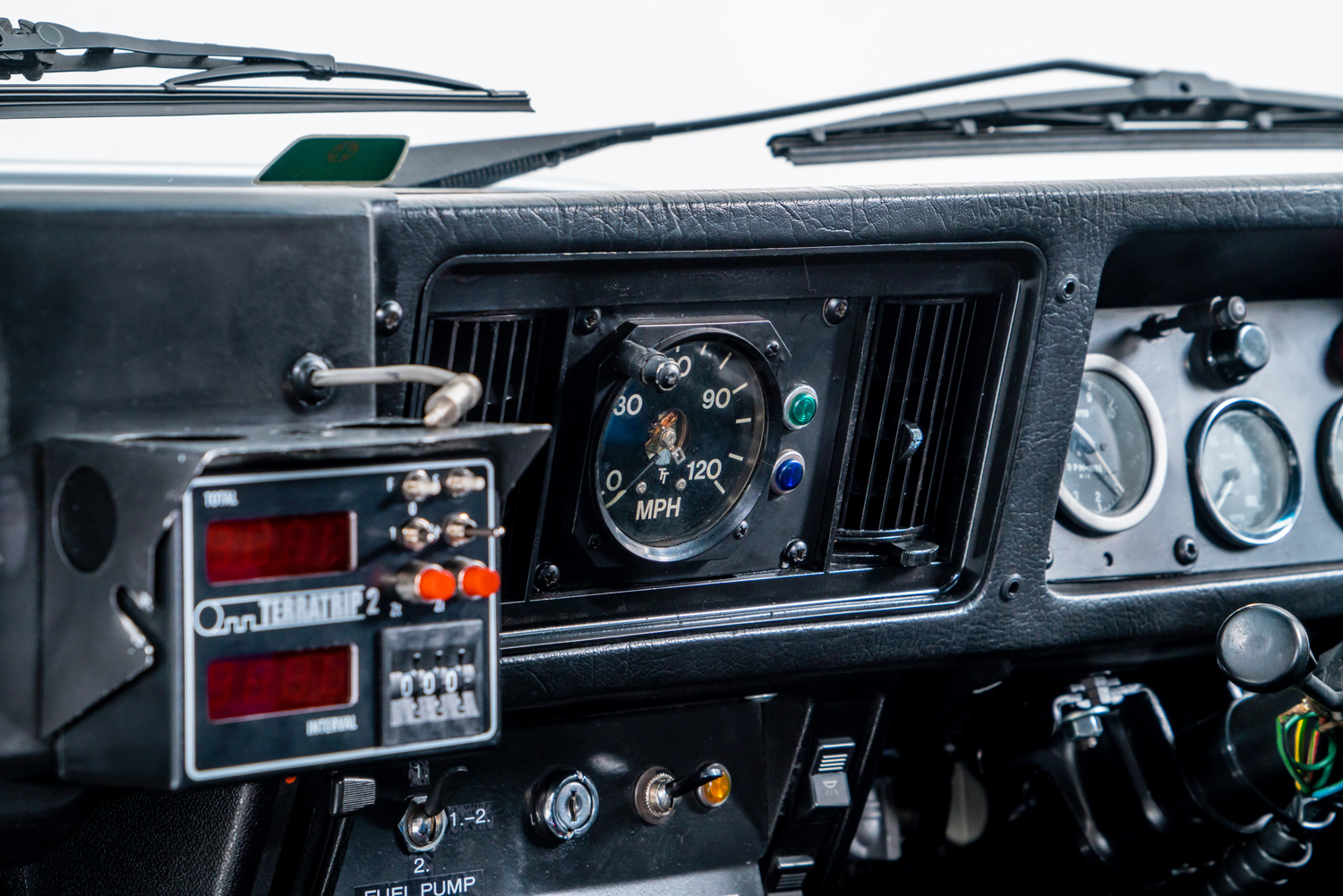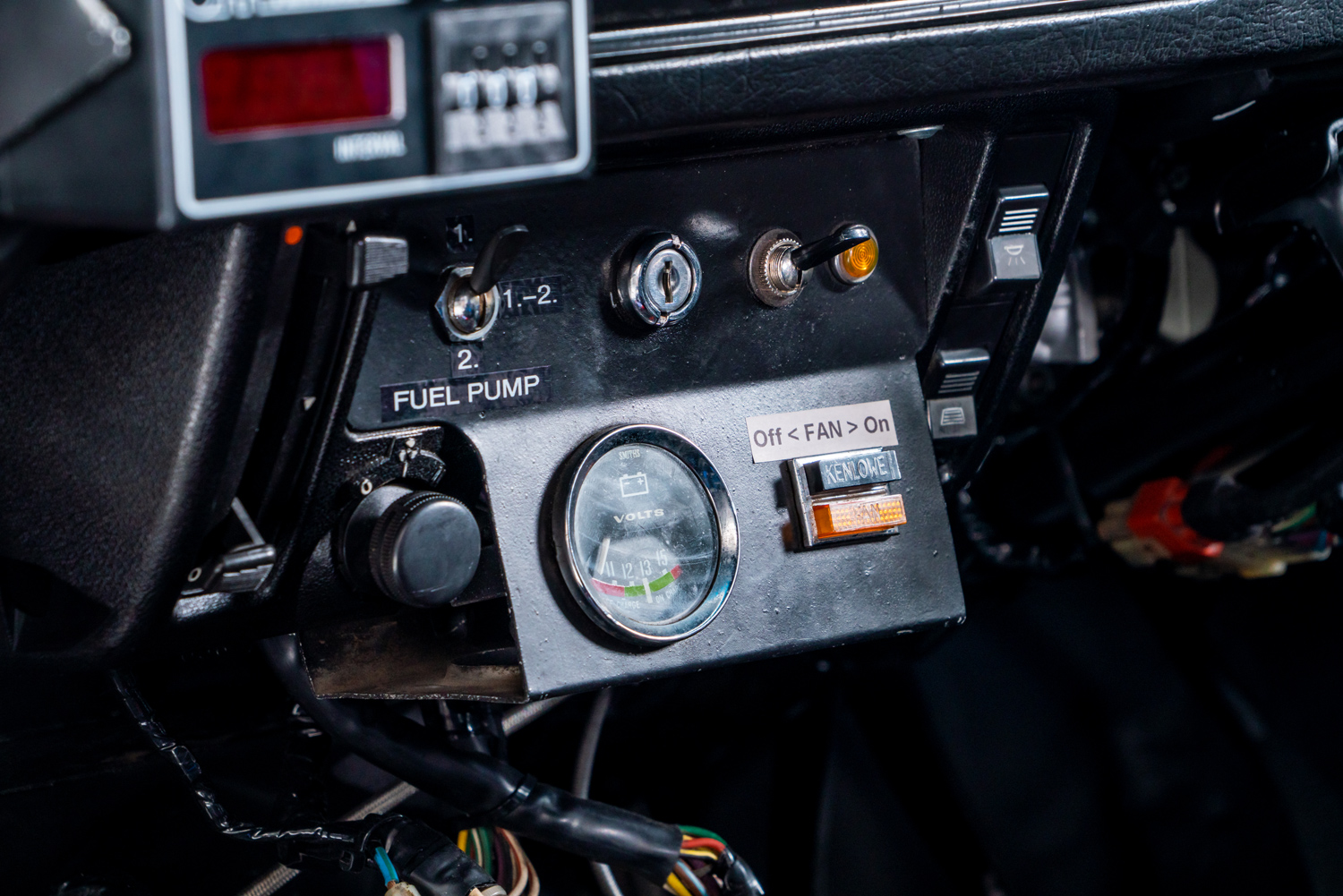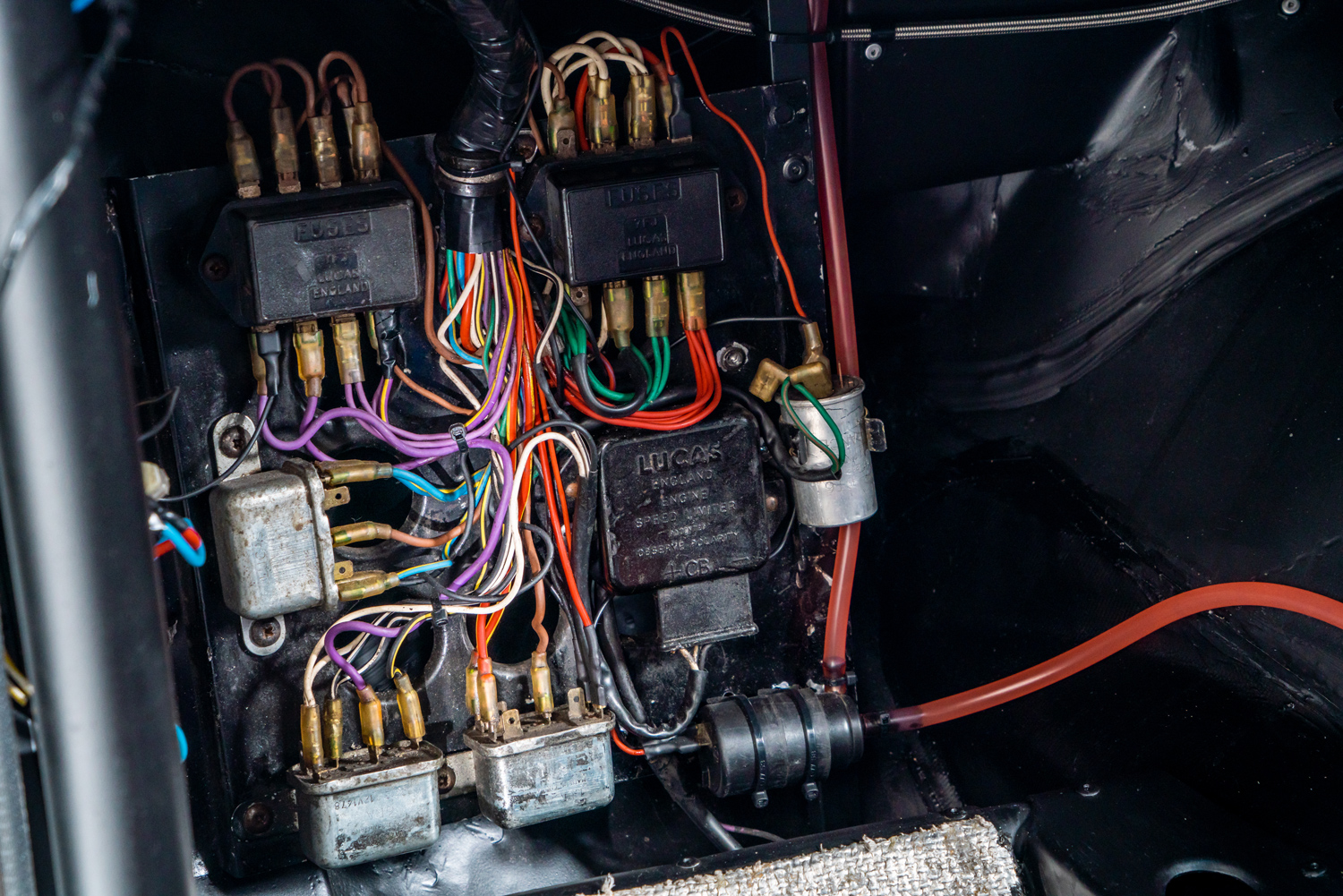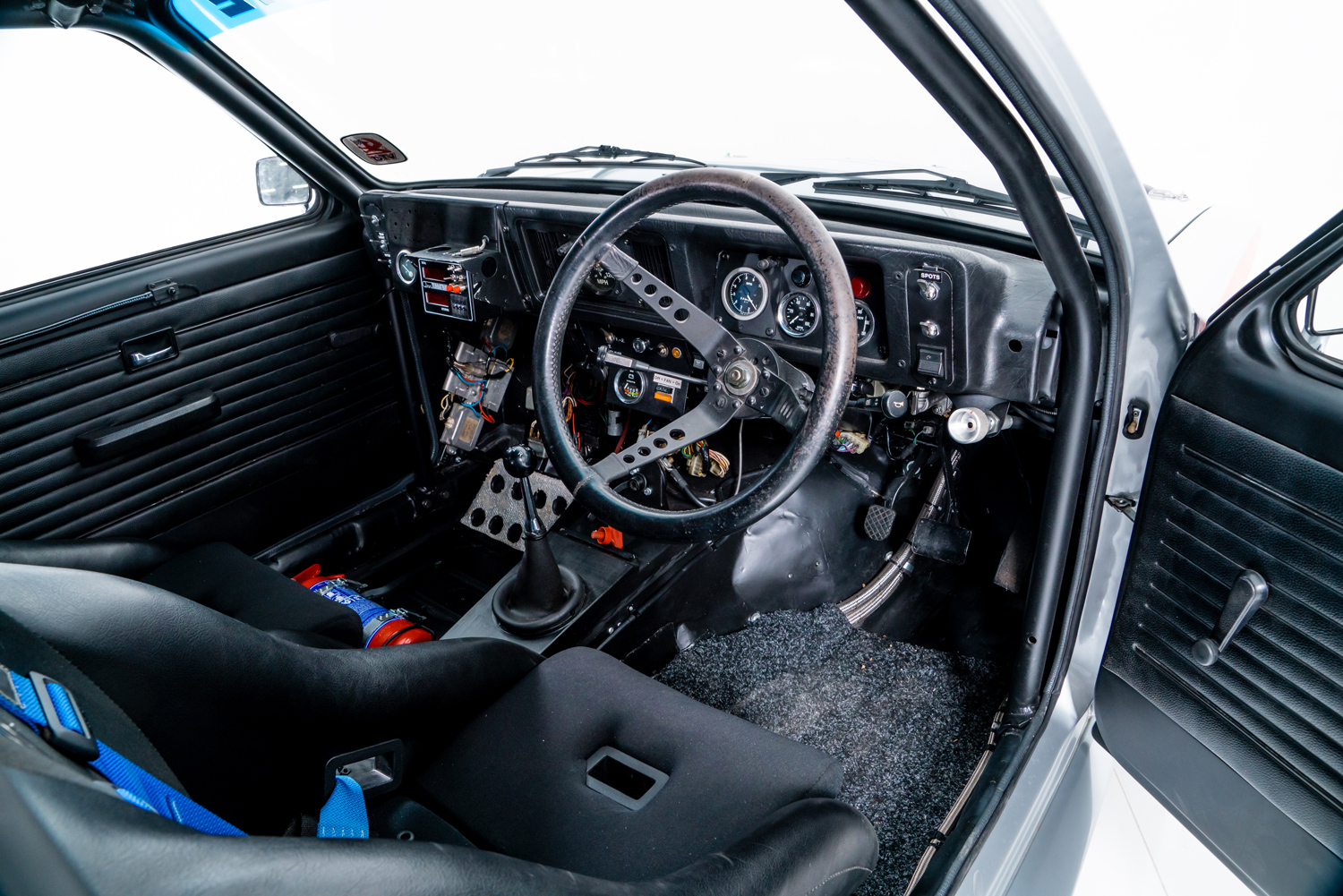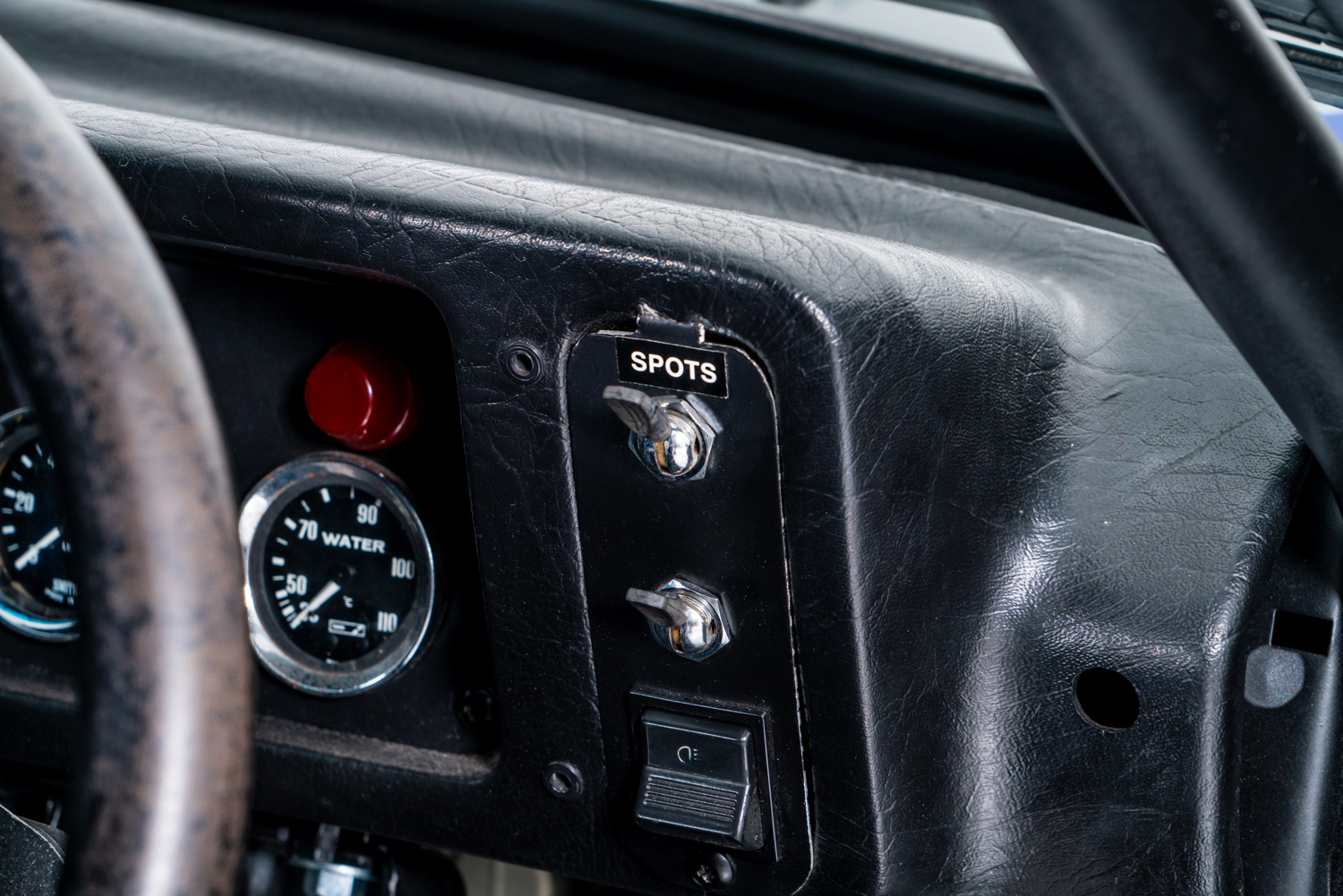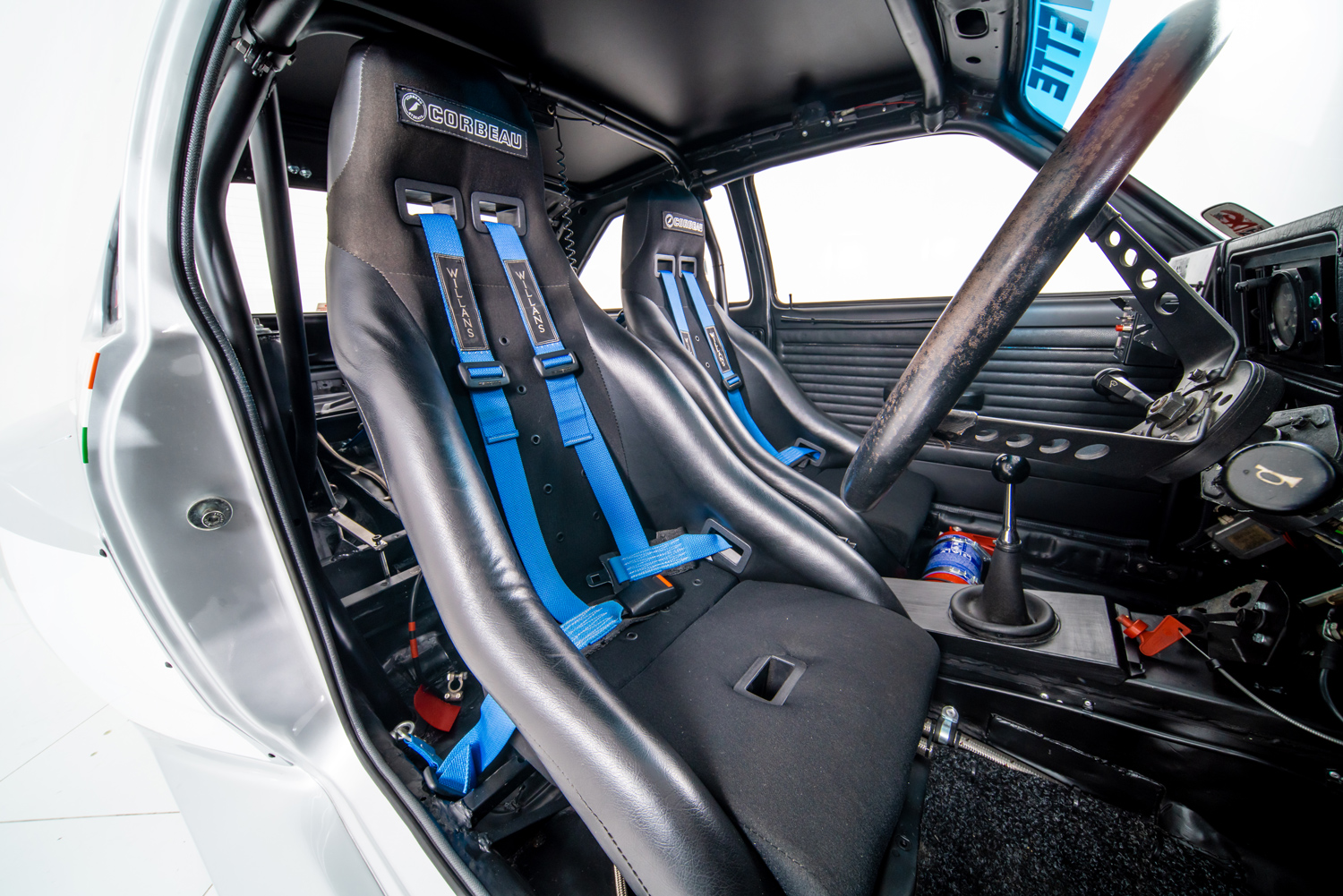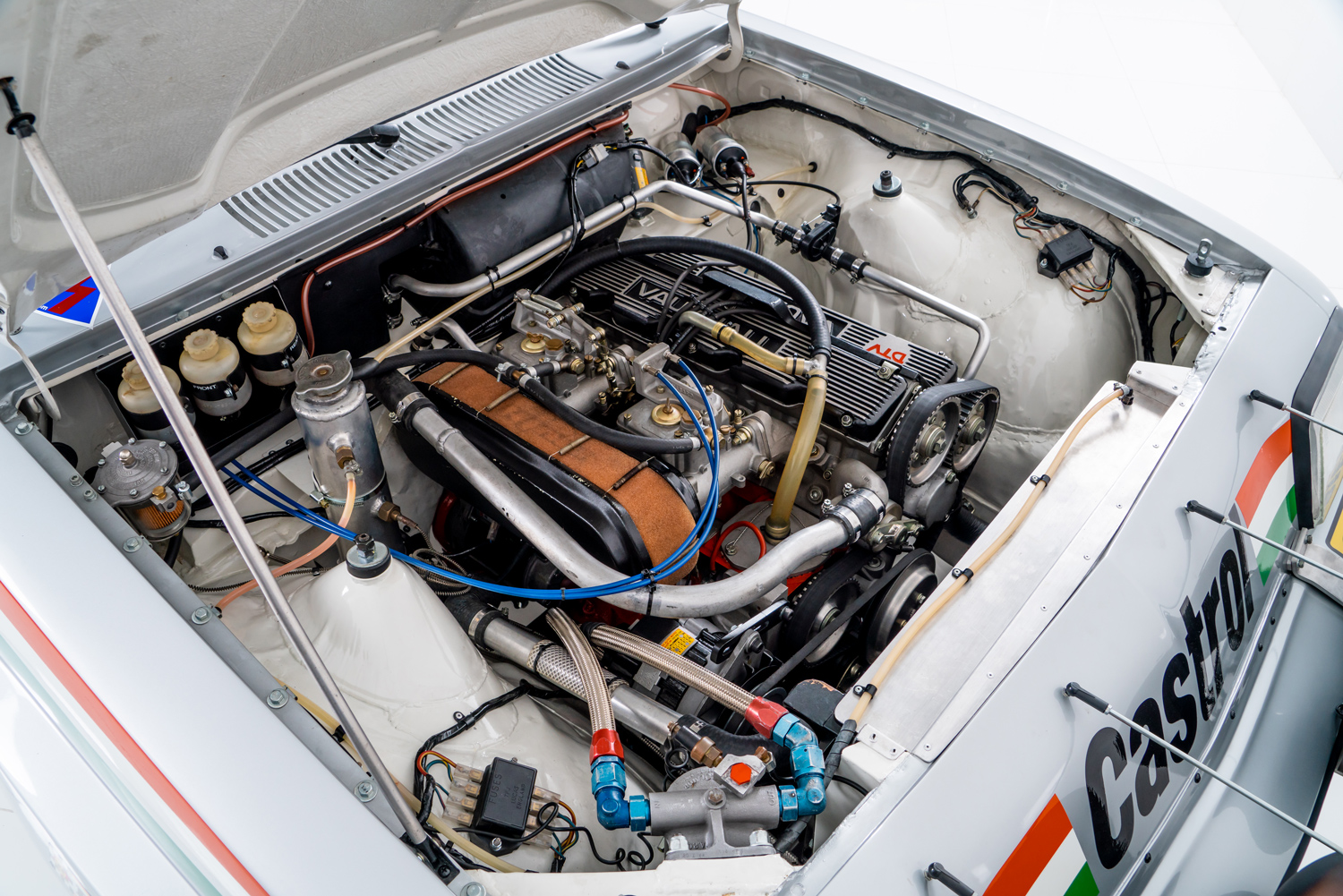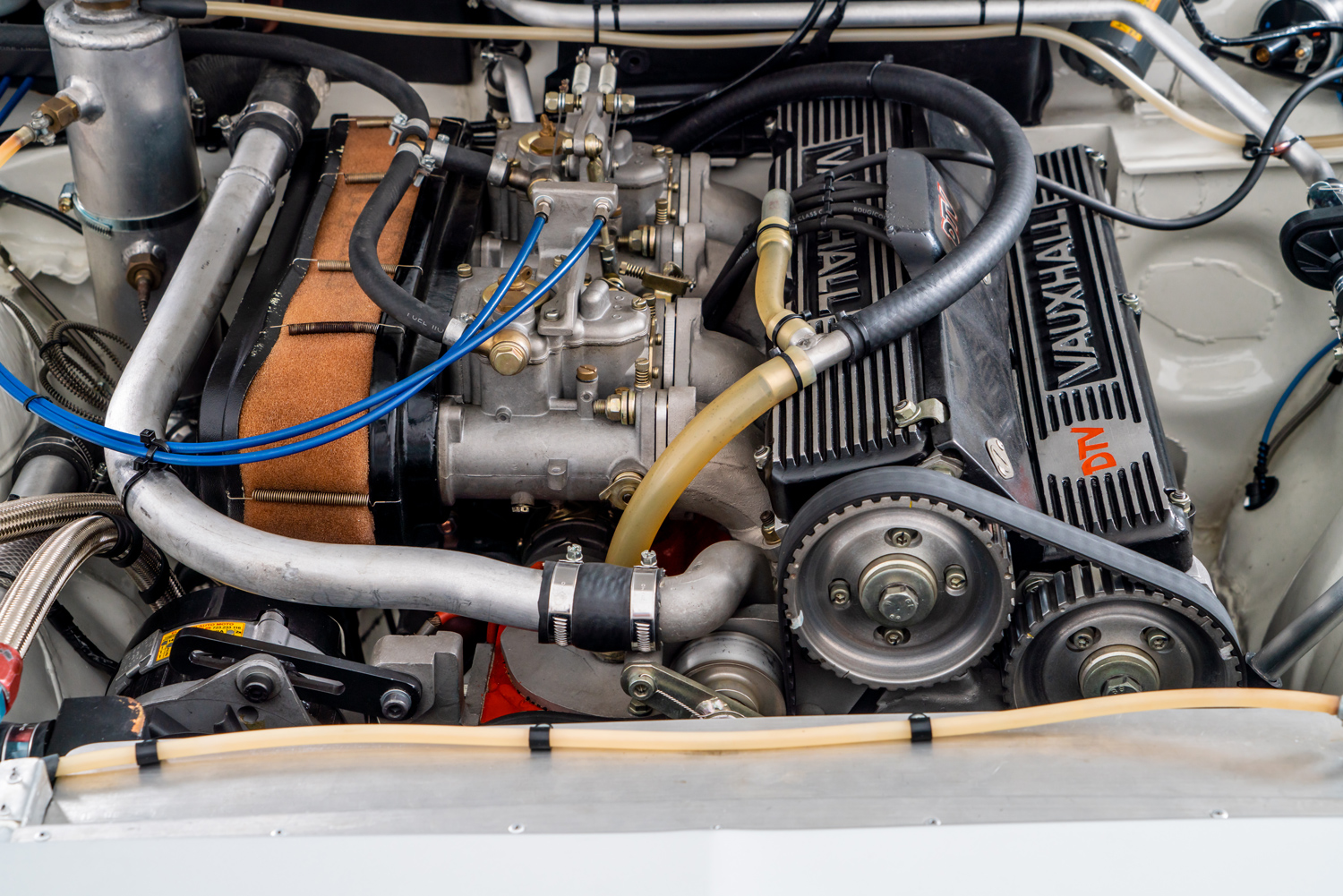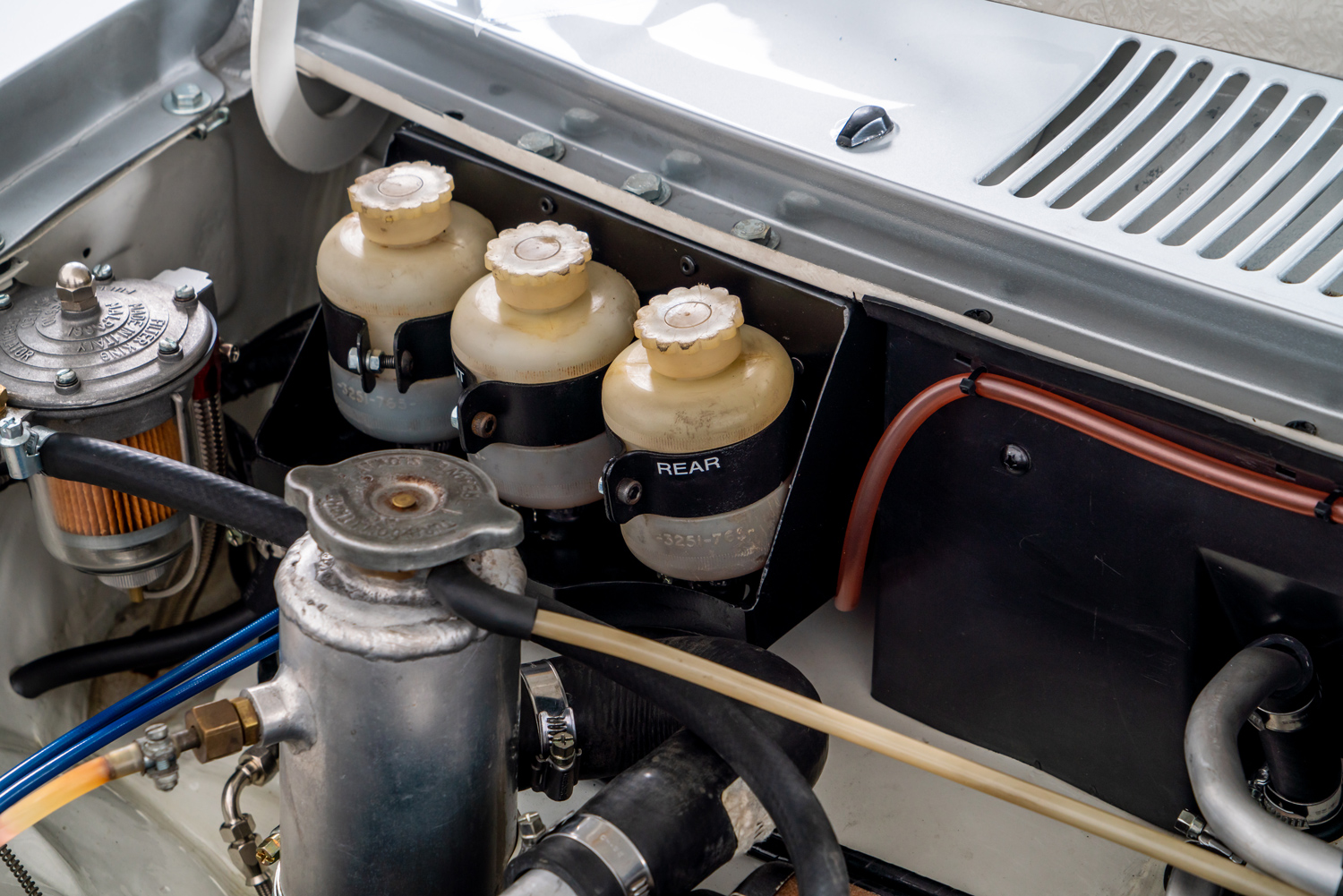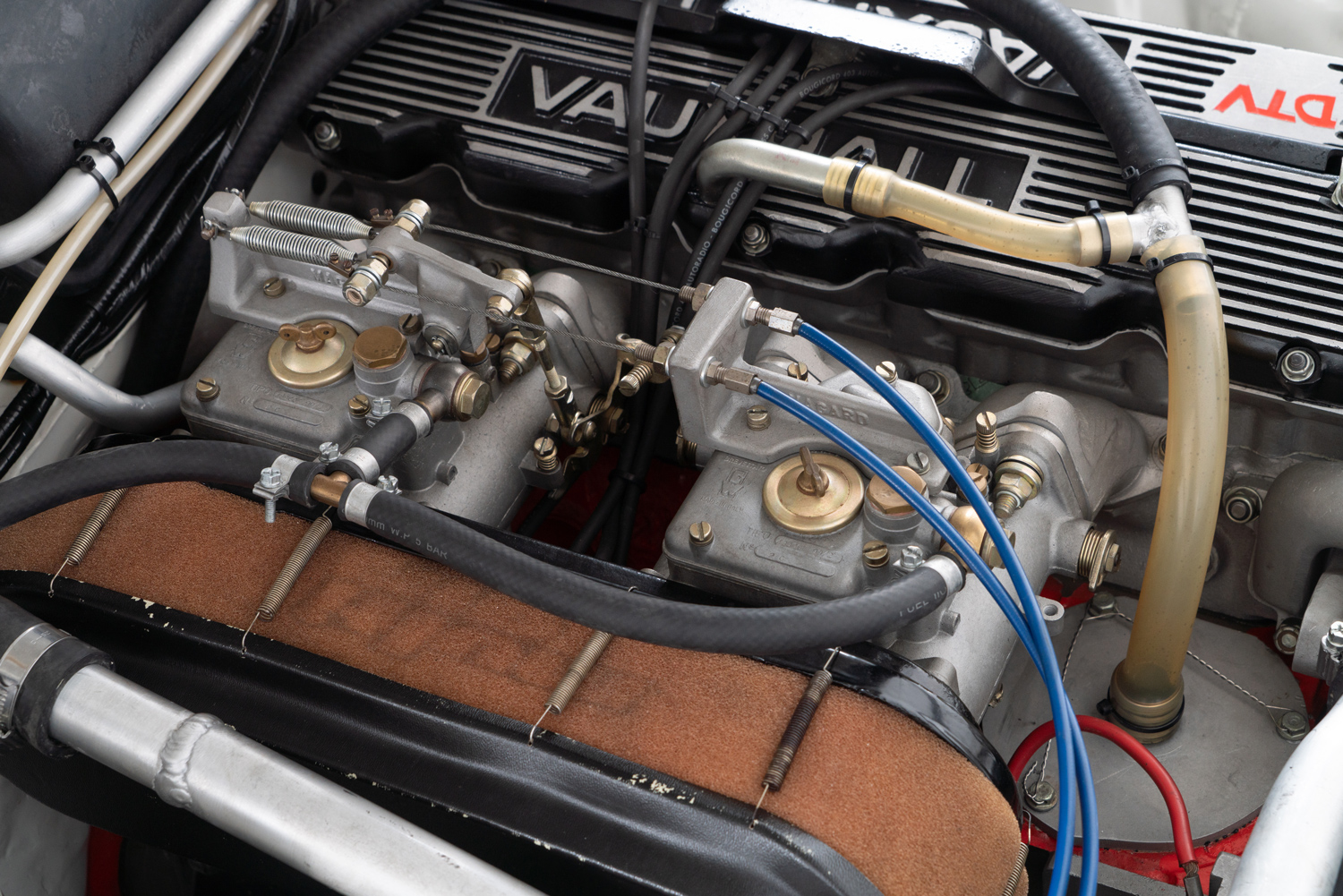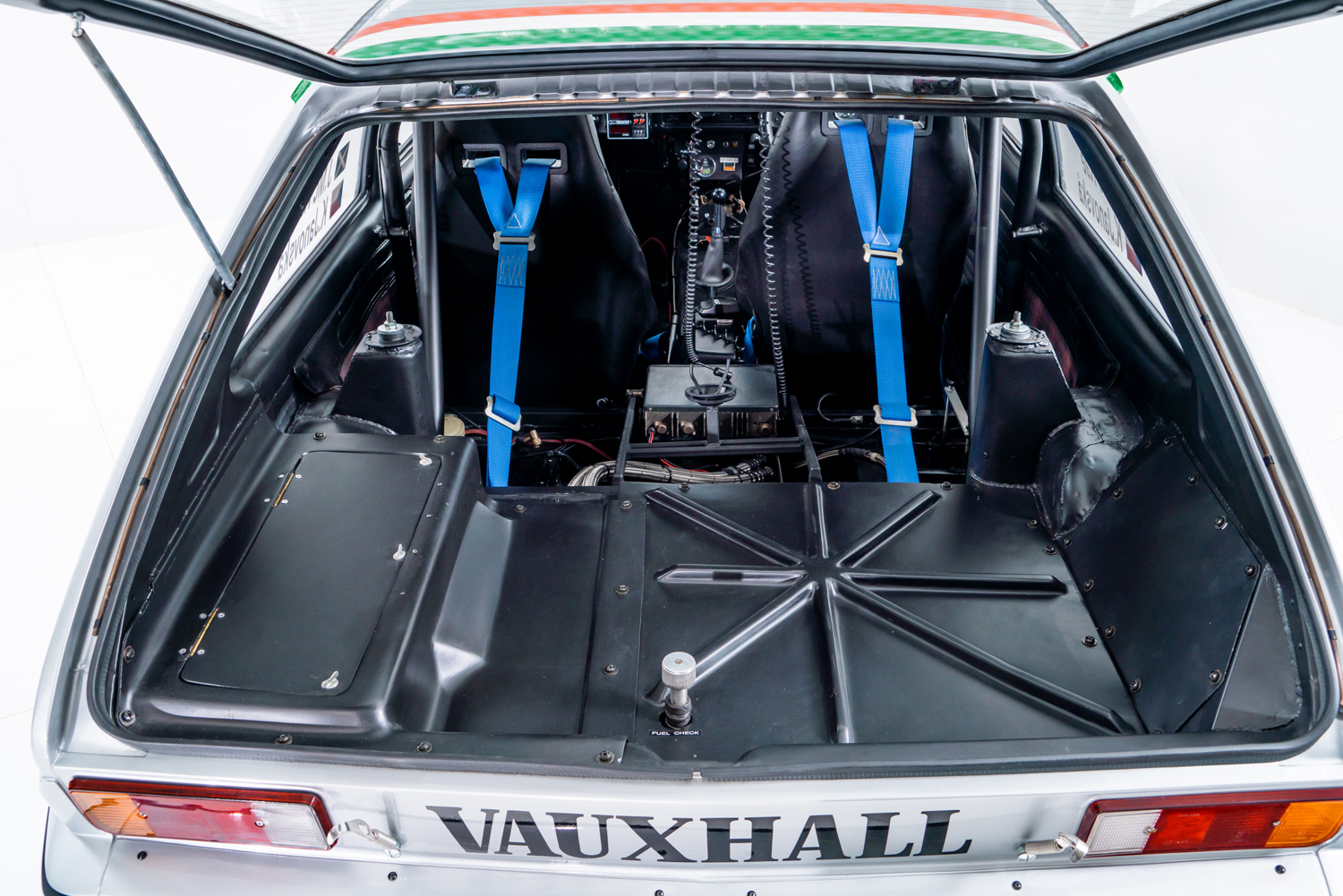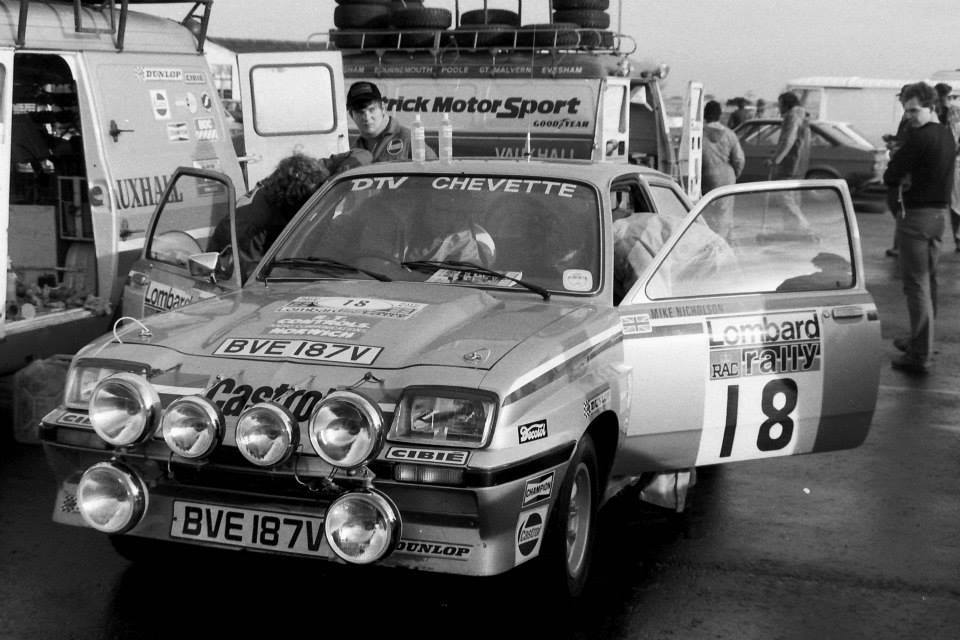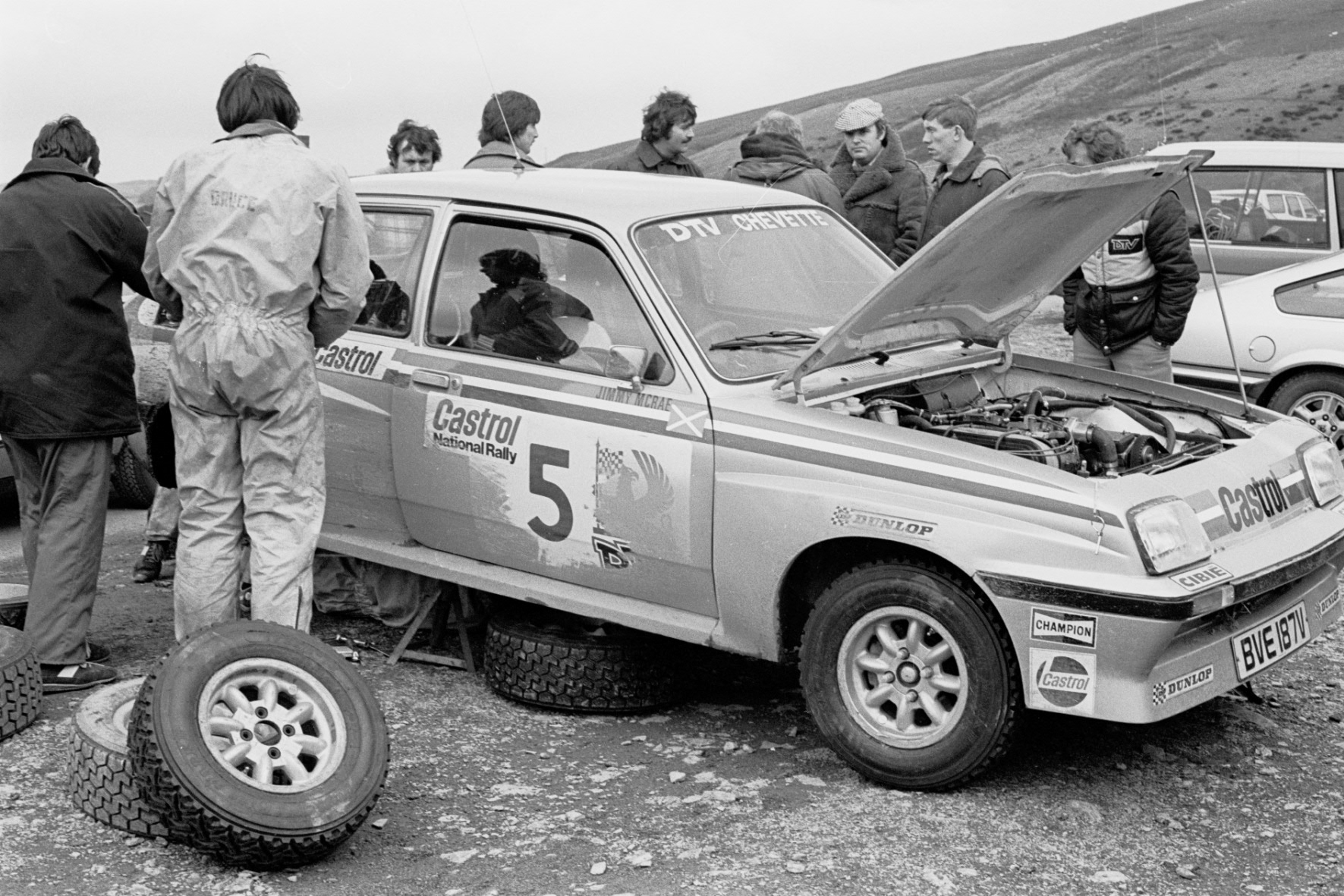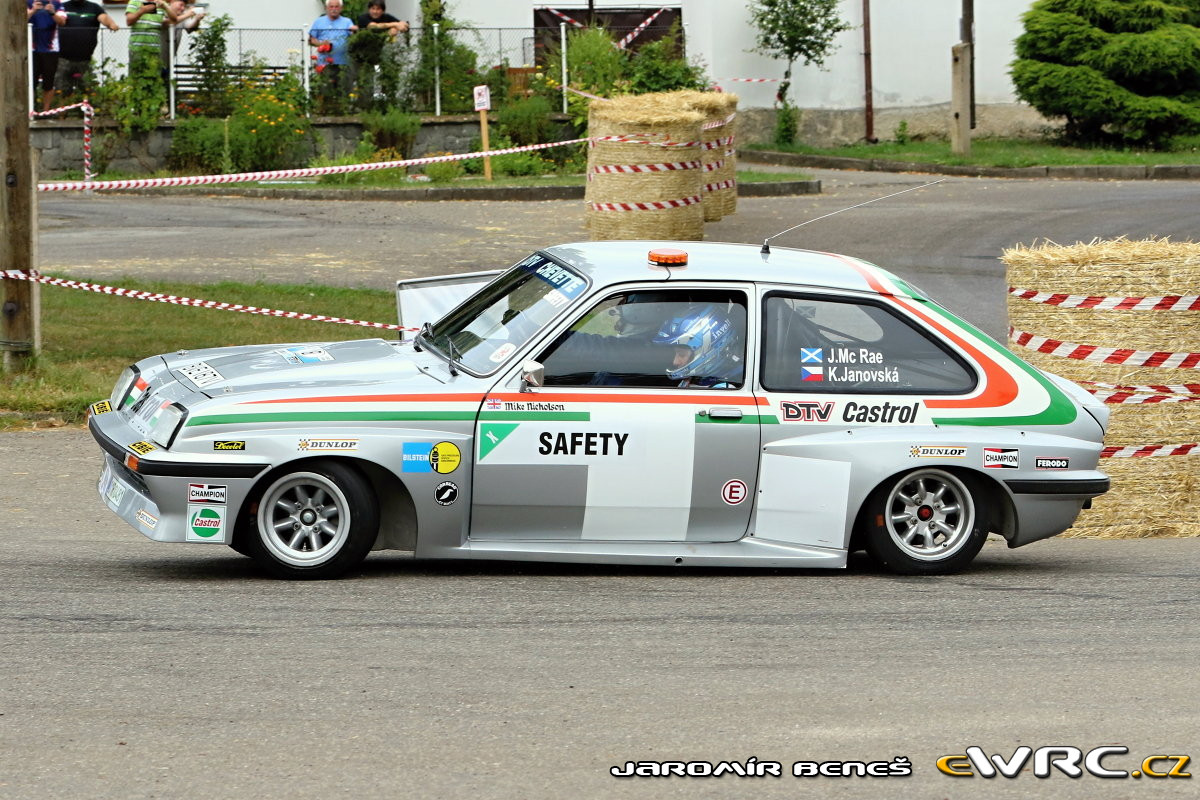MODEL HISTORY
In the 1970's, the rally was dominated by a single car - the Ford Escort - which did not appeal to its sales rival in the United Kingdom - Vauxhall. And although the brand had no experience with rallies and, unlike Ford, it could not consult with suppliers, Cosworth and Lotus, the determination was great, as Ford's reputation was greatly spiced with sporting success, while Vauxhall could not offer such an attraction to potential customers. Vauxhall was not even allowed to, because it was under the patronage of GM, which had a strong "no racing" policy at the time. However, a few dealers of the brand tried a sports program, and with the support of a certain Bill Blydenstein, engine specialist, a few sporting successes arose, which led the Vauxhall management to think. GM's policy sounded clear - no factory team - but what if they set up a dealer team (later called DTV - Dealer Team Vauxhall) following the example of the Swedish brand importer? The form of racing was thus established in 1971, when races were mostly supported, as well as rallies. Hundreds of dealerships were involved at the time.
Originally, Blydenstein prepared only the engines and the rally cars themselves were prepared by another team, but after catastrophic reliability problems, Blydenstein also started to prepare whole rally cars. The Magnum model was originally modified for the purposes of the rally, but it was too heavy for these purposes, as shown by the unsuccessful fights with the Escort. Soon, however, Vauxhall introduced the Chevette model, which Blydenstein fitted with a 2.3L Magnum engine with a 16v head from Lotus and a ZF transmission. However, since the DTV team was in a hurry, in addition to the preparations for the existing Magnums, and also with the completion of the racing special, the granting of homologation, the preparation of homologation specials (and all this in two months!), this problem had to be sidelined. Work began in September 1976 and the car presented itself at the start of the RAC rally at the end of the year, where the car ended up in the 2nd special stage due to the transmission.
Although the 1977 season did not start well, the two factory cars gradually began to prove their potential in several 1st and 2nd places in the British Rally Championship. As for the cars themselves, they received new rear axles, rear brakes and a dry sump during the year - often before they were even homologated. In addition, during the year, the legendary Pentti Airikkala joined the team, who began to chase Vatanen with the Escort and even managed to beat him several times. Although the cars did not finish the RAC rally again, the potential of the car was extremely clear.
Unfortunately, the 1978 season began with a problem - in March, the International Automobile Federation ran out of patience with the DTV team and did not allow them to start again until they clarified the inaccuracies in the homologation. At the same time, not a single piece of the production Chevette HS was ever sold - not even the journalists could test it. That's because the standard Chevette HS had Vauxhall cylinder heads, three-plate clutches (racing were single-plate) and Getrag transmissions. Although everything was solved in a month and a half, the DTV team did not manage to start the Portuguese Rally and struggled with tuning the car for the whole season. Chris Sclater was the team driver in the Belgian Championship this season and Pentti Airikkala was their contender in the British Championship along with Jimmy McRae, with few added European races driven by the Flying Finn. The sweet spot behind this hectic year was the 3rd place of Pentti Airikkala at the Finnish Rally of 1000 Lakes, right behind the Markku Alén's and Timo Salonen's Fiat 131 Abarth.
1979 season was also a turning point - Pentti Airikkala finished 3rd at the beginning of the year at the Swedish Rally, where this time he overcame Alén - only Blomqvist with Saab and Waldegård with Escort were faster. In addition, Blydenstein started working with Airikkala on a new version of the Chevette called the HSR. These were 50 of the 400 HS units that had not yet been sold, with which Blydenstein persuaded Vauxhall dealers to buy one, pay for the conversion and resell it as HSR. The HSR was significantly lighter thanks to the fiberglass body, which earned it the nickname "plastic fantastic". At the same time, the engine, transmission (now Getrag), clutch and rear axle were modified. The first prototype was completed in August and finished car was expected to be deployed in the early 1980's. The icing on the cake in this season was the British title for Airikkala.
From the year 1980, the gradual decline of the DTV team began. As Vauxhall sales were declining, the budget for this year was reduced by 40%, allowing Airikkala to run only half of the European Championship season. McRae, on the other hand, shone with the Chevrolet HSR in the British Championship, finishing second overall on the West Cork and winning the Circuit of Ireland after a thrilling duel with Vatanen in Escort. The end of the year, however, marked the bad times - Blydenstein had a budget for only one driver, so he chose Airikkala. However, he had already agreed to continue his career with Escort at team Rothmans, and McRae moved back to Opel. So, for the 1981 season, he had a capable car, but no factory driver. He eventually managed to hire Tony Pond for the British Championship. Although Vauxhall got the manufacturer champion title and Pond, at the same time, won a few victories (eg. Manx 1981), Jimmy McRae, with his Opel Ascona 400, won the driver champion title. So Pond decided to give preference to Datsun in the WRC.
The finale of the DTV team came in 1982 and 1983. The owner of Vauxhall, the American group GM, decided to unite Dealer Team Vauxhall together with the Opel Dealer Team into a single GM Dealer Sport and, thanks to the patronage of Rothmans, the team had a large budget. But because Opel had higher preferences, Vauxhall had a much smaller portion of this budget, half of 1981's budget, and the team was once again driverless. Therefore, any further development had to be halted (a turbocharged engine and clubman 2.6L OHC version was planned) and the number of employees was reduced by a third. In the end, two drivers were hired - Russel Brookes and Terry Kaby. Brookes won a few 2nd places from the European Championship and Kaby added a couple of victories from the British National Championship.
In 1983, the Chevette HSR needed to be homologated for the Gr.B, which replaced the Gr.4, and that affected the rear axle and transmission. Due to the lower budget for previous seasons (1980-1983), there was an effort to make the car more reliable, which paid off - Brookes himself noted that his car broke down only once, when he raced in the Hunsrück rally in Germany. Brookes eventually won the UK vice-champion title with Chevette - beating all the Manta 400s, bowing down only to the Audi Quattro, driven by Stig Blomqvist.
Despite these amazing results, it was clear that, in the following seasons, Chevettes would not continue. Opel hired Brookes, as they did with McRae a few years back, and Kaby went to Nissan for the WRC. In addition, Vauxhall began to make their cars with "everything in front" concept, and Chevette did not fit them conceptually. After the Opel press conference in 1984, where Brookes and McRae were standing in front of the Manta 400s and the Chevettes were standing in the corner, everything was clear.
OUR CAR
This is a car built by the DTV team in 1980 and it is one of the Chevette HSs, which were later converted to HSR in DTV workshops. In the past, it was piloted by Jimmy McRae, the father of Colin McRae, and Pentti Airikkala. The car was then sold to Donnie Keating, who drove with it in local competitions. It was bought from him by Bertie Law, who won the Irish Championship with it twice and then converted it into a rallycross special and competed with it in rallycross for another three years.
Dean Hetherington, a former DTV mechanic, saved the car from scrapping it and offered to rebuild it back to what it was in 1980. After the death of Bertie Law, the car entered the collection of Northern Irish Vauxhall collector Fred Patterson, with whom it spent time until 2013, when Petterson exchanged it with M.J. Pearce for historic trucks. We then bought it from him. The car underwent a very complex and detailed reconstruction in our Rallied & Raced facility, going into the smallest details. Dean Hetherington, who was the ideal advisor on the detail of this particular car, helped us a lot.
Today, our car belongs to one of the best-preserved pieces of Vauxhall Chevette HSR factory cars. The car is fully functional and could hit the rally again in full force tomorrow. At the time, he even appeared in a television commercial for Vauxhall cars.


